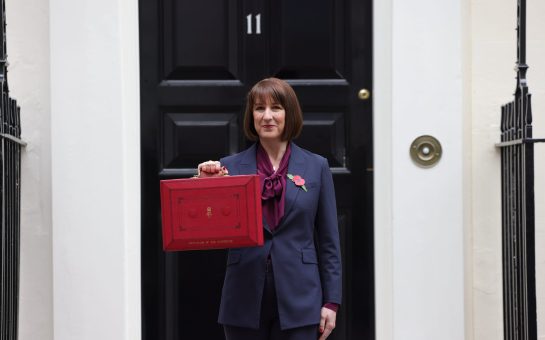The luxury jewellery market continues to flourish in the wake of Britain’s decision to leave the European Union.
Over a year on from the referendum, Britain’s economy continues to fluctuate. The pound continues to fall against the dollar, despite falls in inflation.
Wage stagnation and unaffordable housing remain significant concerns in the post-Brexit economic environment. However, at least one market might be seeing the benefit.
Favourable exchange rates coupled with the recent boost in tourism have delivered money into the luxury goods industry.
Sales volumes of luxury goods and watches – in particular in the northwest – were up 11% in the last quarter. After a “remarkable” jump in sales, luxury automobile brand Rolls Royce announced in June that it would keep and expand its manufacturing hub in the UK.
Similarly, Burberry and Net-a-Porter have seen leaps in sales in the UK market, prompting both firms to expand their UK headquarters.
However, the best of the news is reserved for the luxury watch market. The market has seen a staggering 44% increase in sales in the second quarter of 2017, with a similar trend already visible in the third quarter.
Luxury goods capitalising on online sales success
This trend is perhaps unsurprising considering the UK’s public spending habits and history. Despite rising prices, British consumers still spend more than any other shoppers on the continent.
This increase is in part down to the industry’s increasing trend towards to online sales, which is a market structurally disposed to British consumers, accounting as they do for nearly one third of online purchases in Europe.
As we’ve covered before, other areas of online consumption have seen a marked rise post-Brexit, in particular online gambling and sports betting. As the high street struggles, online sales account for an ever-increasing proportion of the UK’s domestic sales.
The increase in Swiss exported watches in the UK is having a further impact on the sale of second hand luxury watches.
As the total number of watches in the UK increases due to cheaper export rate, second hand pieces, even from high-end Swiss manufacturers such as Rolex and Tag Heuer, are seeing a depreciation in value.
This trend towards lower prices and a wider range of luxury watches is underlined by the emergence of online marketplaces dedicated to these products.
The depreciation is prompting consumers to spend at an unexpected and, for the luxury watch market, unprecedented rate.
Sales have fluctuated in the market overall, but luxury watches accounted for by far the largest number of sales in the industry.
Cheaper watches, costing under £100, accounted for proportionally fewer sales, whilst timepieces valued at £10,000 or more accounted for the largest share of the rise in sales.
Whether this trend will translate to other consumer markets remains to be seen, however, the news from the luxury goods market subverted expectations, even within the industry.
The growth in luxury goods market supports the optimistic outlook of many of the UK’s leading economists.
Whilst the full impact of Brexit has yet to be felt, there are signs that the economic picture, at least in some industries, will not be as disastrous as feared.
The record sales in the luxury watch market suggest that consumers – particularly high-income earners – will spend money on luxury goods against expectations.
Image courtesy of Fabrizio Russo via Flickr, with thanks.



